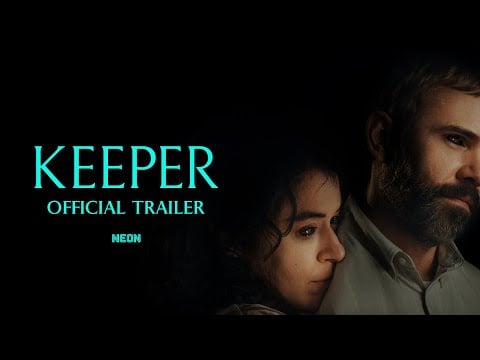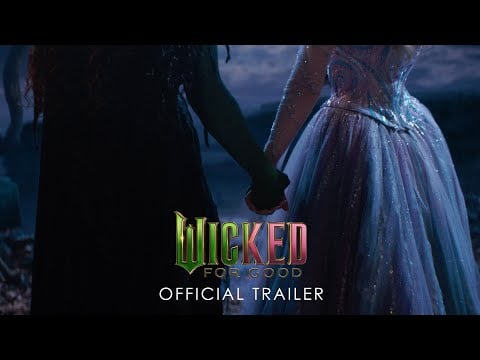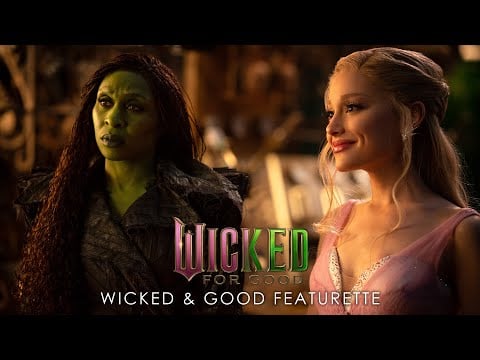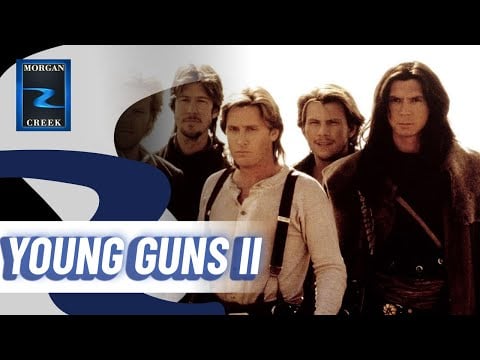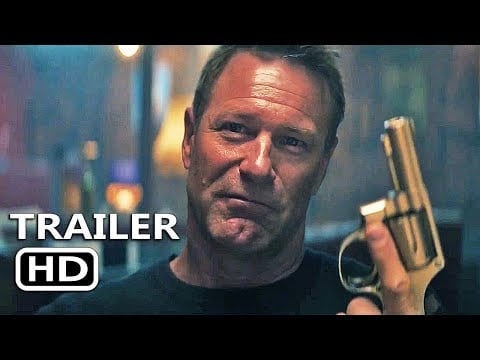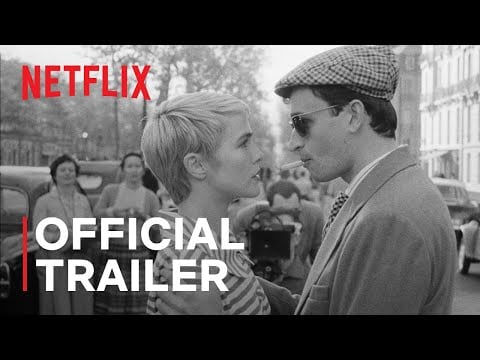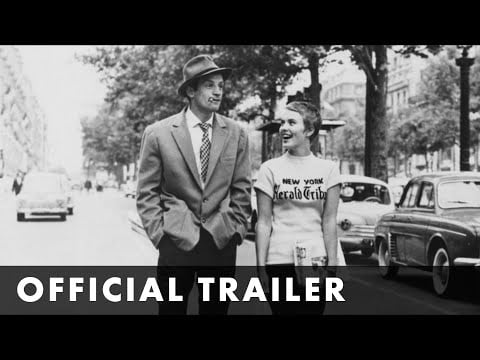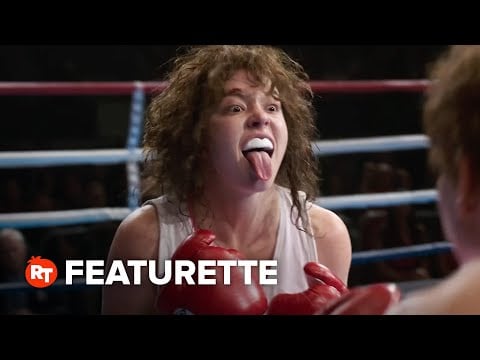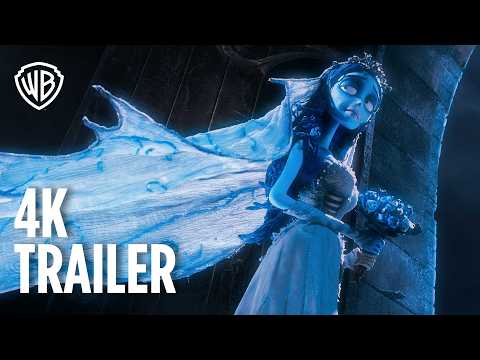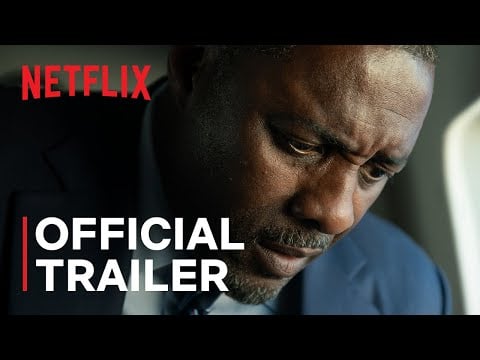Director Ridley Scott’s “Legend” (1985) is among the most intriguingly out-of-character works of his remarkable career.
What do I mean by that?
If “Alien” (1979), “Blade Runner” (1982) and “Gladiator” (2000) are the signature works that everyone knows, then this is, like “1492 – Conquest of Paradise” (1992), “Matchstick Men” (2002) and “House of Gucci” (2021) cause cinephiles to arch their eyebrows when they realize Scott’s body of work has wild choices and unexpected treasures.
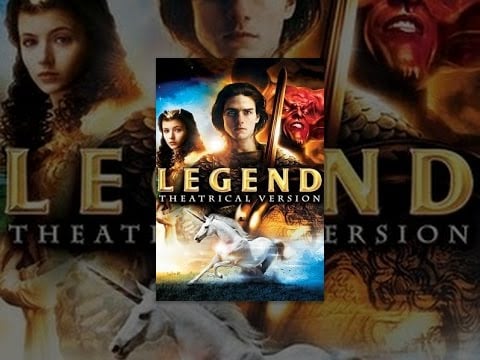
“Legend” takes place in a Once Upon a Time universe where we meet Lili (Mia Sara), an embodiment of all that is good. Lili’s love for Jack (Tom Cruise), a good, wholesome forest dweller, is matched by her protective way with unicorns.
This balance is broken when Darkness (Tim Curry) assigns his goblins to steal the unicorn’s horns and taint Lili’s innocence. Jack must join a group of goofy forest elves to infiltrate the castle where Darkness is keeping Lili and the unicorns as his prisoners.
“Legend” is unrushed, even patient in its storytelling. That’s if you’re watching the Director’s Cut and not the truncated, decent but compromised theatrical version. The director’s cut was released in Europe in 1985, while the U.S. version appeared in early 1986.
The story of how Scott was ordered to make changes to his film by its studio head prior to release became its own legend. Scott submitted to the kind of intrusive changes that Terry Gilliam fought against with his own Universal release the same year, “Brazil.”
Whereas Gilliam fought against the studio, ignored pages of suggested cuts and threats of a shelved release, in a public battle he ultimately won, Scott gave in. He took the studio’s notes and allowed the U.S. release to stand in contrast to the longer, far better European cut.
Both versions have their high points and disadvantages, though one of the biggest contrasts is how each version has a completely different score, but more on that later.
“Legend” looks as good as one would imagine from the filmmaker who had just come off the one-two punch of “Alien” and “Blade Runner.” Every shot appears to be painstakingly created, like a Thomas Kinkade rendering of a Tolkien illustration.
One can imagine that, before Scott calls “Action,” someone whispers, “Okay, cue the rabbits…cue the birds…and the horses…and the smoke machine…and the butterflies, and the owl!”
Majestic one minute, unsettling the next, “Legend” is just like the fairy tales that delighted and mortified me during my childhood. It’s a strange film, especially when you consider it came from Scott.
Some of it plays like a Disney movie, while other moments are so terrifying, you wonder if Scott ever cared who the film’s audience would be.
Sara, who resembles Vivien Leigh and starred in this a year before “Ferris Bueller’s Day Off,” is wonderful as Princess Lili, who first appears singing a lovely melody.
Jack is earnest top to bottom, which Cruise, post-“Risky Business” but a year before “Top Gun,” completely gives himself to. In Cruise’s intro, he resembles Peter Pan, as a bird lands on his shoulder. In the next shot, he’s holding a fox.
By the way, this was my first Tom Cruise movie.
Cruise is wrong for this, but it’s a fascinating miscast. He’s all in and in total service of his director. This is not a star vehicle, and it can be argued that this is among the rare films where he’s part of an ensemble and not the central focus (as in “The Outsiders,” “Magnolia” and “Tropic Thunder”).
As wrong as the actor clearly is for his role, this is a best-case scenario, where the miscast shows the actor giving it all he’s got, even when the material doesn’t suit him. Cruise’s tearfully apologizing to a unicorn is still less silly than any scene from “The Mummy” (2017).
“Legend” has a similar story angle to “The Dark Crystal” (1983), in which two children take on an intimidating evil, though this is, of course, a quality shared in many fairy tales. The scenes of Sara running in slow motion across a giant chess board are strikingly similar to a sequence from “Krull” (1983), another high-profile 1980s fantasy with a devoted worldwide cult following.
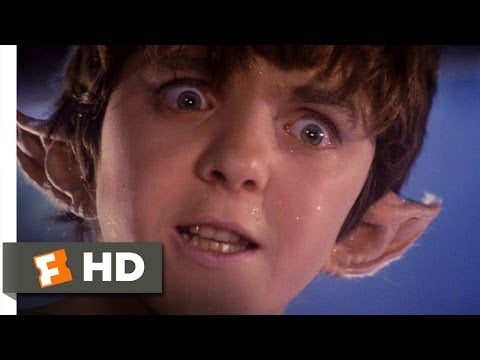
Of the two music soundtracks: Jerry Goldsmith’s thrilling, beautiful score for the European version is among his greatest, most versatile works. It’s warm one minute, then thunderous and scary the next.
If you listen closely, you can hear the “Psycho II” (1983) love theme in one of Goldsmith’s cues.
In the U.S., we got the Tangerine Dream score. I love this group and used to listen to their score from “Risky Business” while driving home from Denver after a long day’s work. Tangerine Dream’s main theme deserves the fan devotion and suits the film just fine, but Goldsmith’s score is the one I’ve listened to the most.
The comparisons to the dueling versions don’t stop with the music, as there are differences that greatly differentiate how the story is shaped.
In the two-hour European cut, Darkness’ trio of goblin workers are even more annoying and never scary. The colorful side characters, in either version, are given too much focus.
In his “Labyrinth” (1986), Jim Henson knew better than to let his puppets overshadow Jennifer Connelly. No matter which version you view, the second act of “Legend” has too much sneaking around in the snow.
Long before we get our first look at Darkness, the make-up effects are amazing. The actors are pulling off remarkably expressive turns, despite being buried under Rob Bottin’s awe-inducing, Oscar-nominated make-up.
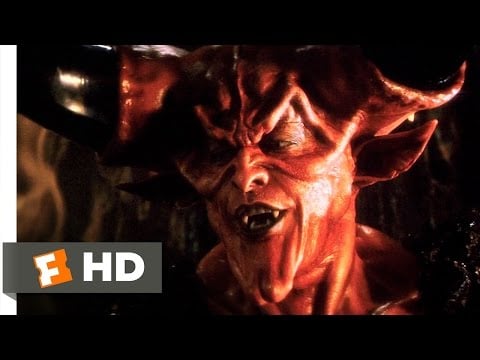
The scenes between Sara and Curry are elegant, a contrast to the clunky bits with Cruise and the elves. Darkness resembles the devil from “South Park,” complete with low bass in his voice.
As unsettling as Curry is to look at, let alone listen to (his delicious vocals have been somewhat augmented here), he’s one-upped by another actor: Yes, that’s Robert Picardo, buried under persuasive make-up, as the terrifying Meg Mucklebones.
“Legend” is far too frightening for children but too earnest for adults. Scenes of cute side characters screaming in terror as they’re being dragged off to execution are too much. There are scenes here that are as scary as anything in “Alien” (1979).
How on Earth did this get a PG-rating?
Despite being the number one movie at the box office for its first two weeks in theaters, “Legend” failed so hard at the U.S. box office that Scott followed it up with two contemporary cop thrillers.
“Legend” has a real problem in either version, which is how its second act positively crawls. The earnest gives way to true horror, as the tonal balance Peter Jackson brought to his “Lord of the Rings” series alludes Scott.
It’s a flawed film, which is obvious whether one is aware of the two versions or not. However, if you’ve never seen it before (and it needs to be seen at least once, especially if you love Scott’s films), start with the European version, then revisit it via the clipped ’86 U.S. version for a fascinating comparison.
The post Dueling ‘Legend’ Versions Reveal Ridley Scott’s Biggest Risk appeared first on Hollywood in Toto.
from Movies - Hollywood in Toto https://ift.tt/YytG8O6
